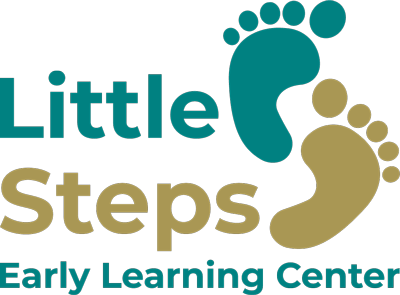It’s is essential to introduce children to science, technology, engineering, and mathematics (STEM) at an early age. Engaging preschoolers in STEM activities can foster their curiosity, critical thinking, problem-solving skills, and creativity. These activities not only lay a strong foundation for future academic success but also help develop essential skills that are highly valued in today's society. In this article, we will explore a variety of STEM activities specifically designed for preschoolers to inspire their love for learning and exploration.
Building Structures with Blocks
Building structures with blocks is a classic STEM activity for preschoolers that encourages creativity, spatial awareness, and engineering skills. Provide children with different types of blocks, such as wooden blocks, foam blocks, or magnetic blocks, and let them explore and construct their own structures. Encourage them to experiment with different shapes, sizes, and patterns. This activity helps preschoolers develop their problem-solving abilities as they figure out how to balance and stabilize their structures.
Exploring Nature
Taking preschoolers outdoors to explore nature is an excellent way to introduce them to the wonders of science. Encourage children to observe plants, insects, birds, and other elements of the natural world. Ask open-ended questions to stimulate their curiosity and engage in discussions about what they observe. Collecting leaves, rocks, or flowers and examining them closely can further enhance their scientific inquiry skills.
Sink or Float Experiment
The sink or float experiment is a simple yet captivating STEM activity for preschoolers. Fill a large container with water and gather various objects of different weights and materials, such as a toy car, plastic bottle, or wooden block. Let children predict whether each object will sink or float and then test their hypotheses by placing the objects in the water. This hands-on experiment introduces concepts of buoyancy and density and encourages critical thinking and prediction skills.
Building Simple Machines
Introduce preschoolers to basic engineering principles by engaging them in building simple machines. Provide materials like pulleys, ramps, wheels, and gears, and encourage children to explore how these components work together to create movement and perform simple tasks. They can build a simple pulley system to lift objects, construct a ramp to roll toy cars, or design a simple gear mechanism. This activity fosters problem-solving skills and exposes children to the fundamental principles of physics and engineering.
Coding with Playdough
Integrating technology into STEM activities is crucial even at the preschool level. Coding with playdough offers a fun and tactile way to introduce computational thinking to young children. Use conductive playdough or attach alligator clips to regular playdough, and connect them to a simple circuit board or a computer. By manipulating the playdough, preschoolers can create circuits and control the lights, sounds, or movements of objects. This activity promotes logical thinking, sequencing, and early coding concepts.
Building Bridges
Building bridges is an engaging STEM activity that combines engineering and mathematics. Provide children with materials like popsicle sticks, tape, and glue, and challenge them to build bridges that can support the weight of small objects, such as toy cars or lightweight books. Encourage them to experiment with different designs and discuss the concepts of stability, balance, and weight distribution. This activity enhances problem-solving abilities, spatial reasoning, and an understanding of basic engineering principles.
Growing Plants
Growing plants is an excellent way to introduce preschoolers to biology and environmental science. Provide each child with a small pot, soil, and seeds of their choice. Guide them through the process of planting, watering, and caring for their plants. Discuss the basic needs of plants, such as sunlight and water, and observe how plants grow and change over time. This activity fosters an appreciation for nature, environmental awareness, and a basic understanding of the plant life cycle.
Engaging preschoolers in STEM activities sets the stage for their future success by developing critical thinking, problem-solving skills, and a love for learning. The activities mentioned in this article provide opportunities for young children to explore science, technology, engineering, and mathematics in a hands-on and enjoyable manner. By encouraging curiosity, experimentation, and creativity, we can nurture the next generation of innovators, scientists, and engineers. So, let's inspire preschoolers with these STEM activities and empower them to embark on a lifelong journey of discovery and exploration


